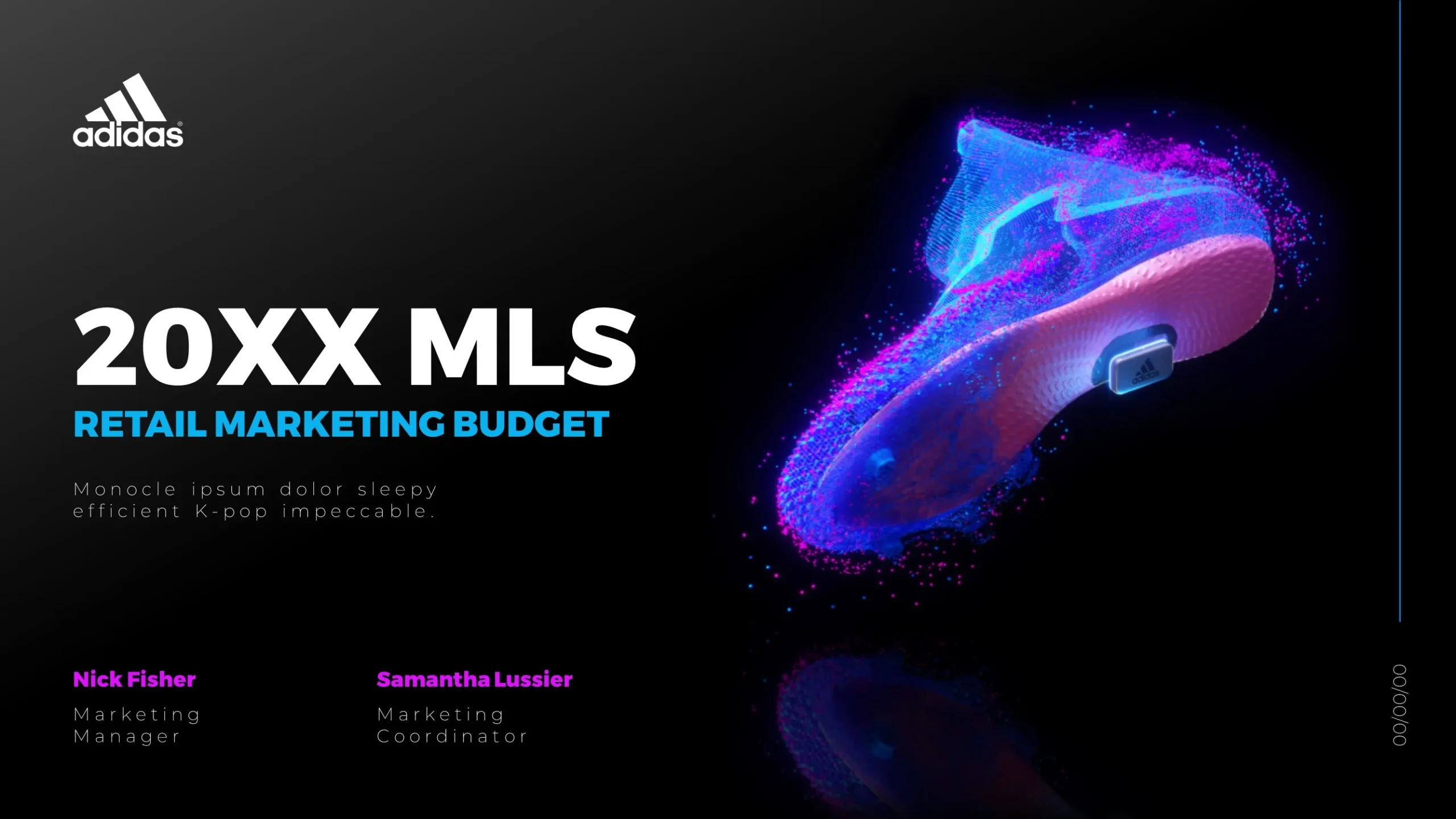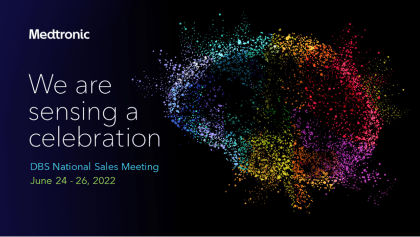To create flip card animations in PowerPoint, you’ll need to follow a series of steps that involve using multiple shapes, text boxes, and animation effects. The process can be broken down into the following steps:
Creating the Flip Card
- Start by creating two rectangles on the slide. These rectangles should be the same size as they will serve as the front and back of the flip card.
- Next, add content to both rectangles. The content on the first rectangle will be what is initially visible on the slide, and the content on the second rectangle will be what is seen after the flip card animation.
- Once you’ve added content to both rectangles, you need to align them. Position the second rectangle directly on top of the first, ensuring they are perfectly aligned.
Adding the Flip Animation
- Now, you can add the flip animation. Select the first rectangle, go to the Animations tab, and select the “Flip” option under the “Entrance Effects”.
- Next, select the second rectangle, and again go to the Animations tab. This time, select the “Flip” option under the “Exit Effects”.
- Ensure that the animations for both rectangles are set to trigger “On Click”. This means your flip card will animate when you click your mouse during the presentation.
Finalizing the Animation
- Finally, open the Animation Pane and adjust the timing of the animations. The exit animation of the first rectangle (the front of the card) and the entrance animation of the second rectangle (the back of the card) should occur at the same time to create a seamless flip effect.
- After setting the timing, you can test your flip card animation by previewing the slide.
With these steps, you’ve created a basic flip card animation in PowerPoint. This can be a fun and interactive way to present information in your presentations. Remember, the key to a successful flip card animation is ensuring your shapes are aligned and your animations are timed correctly.
View Our Presentation Portfolio










